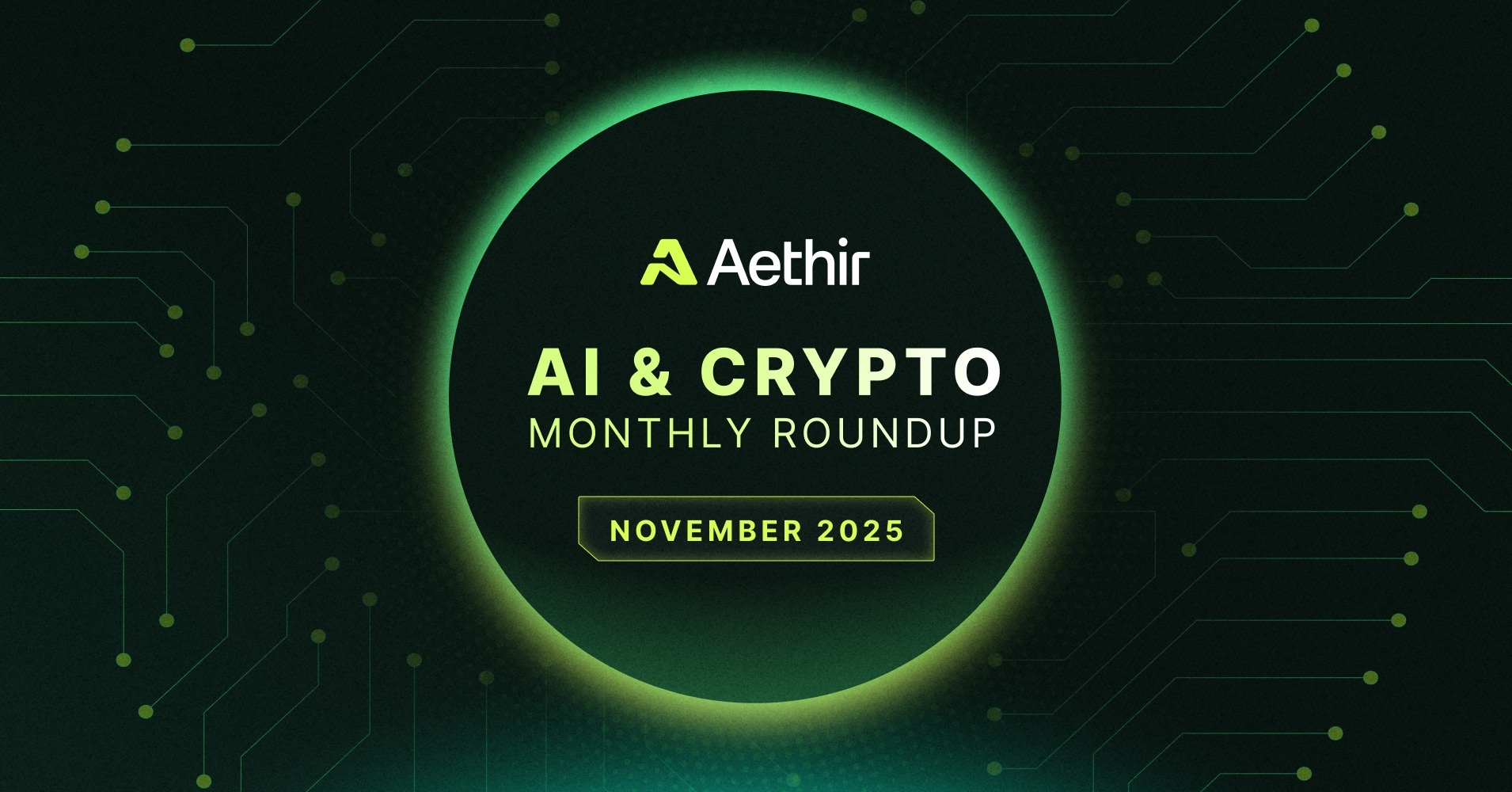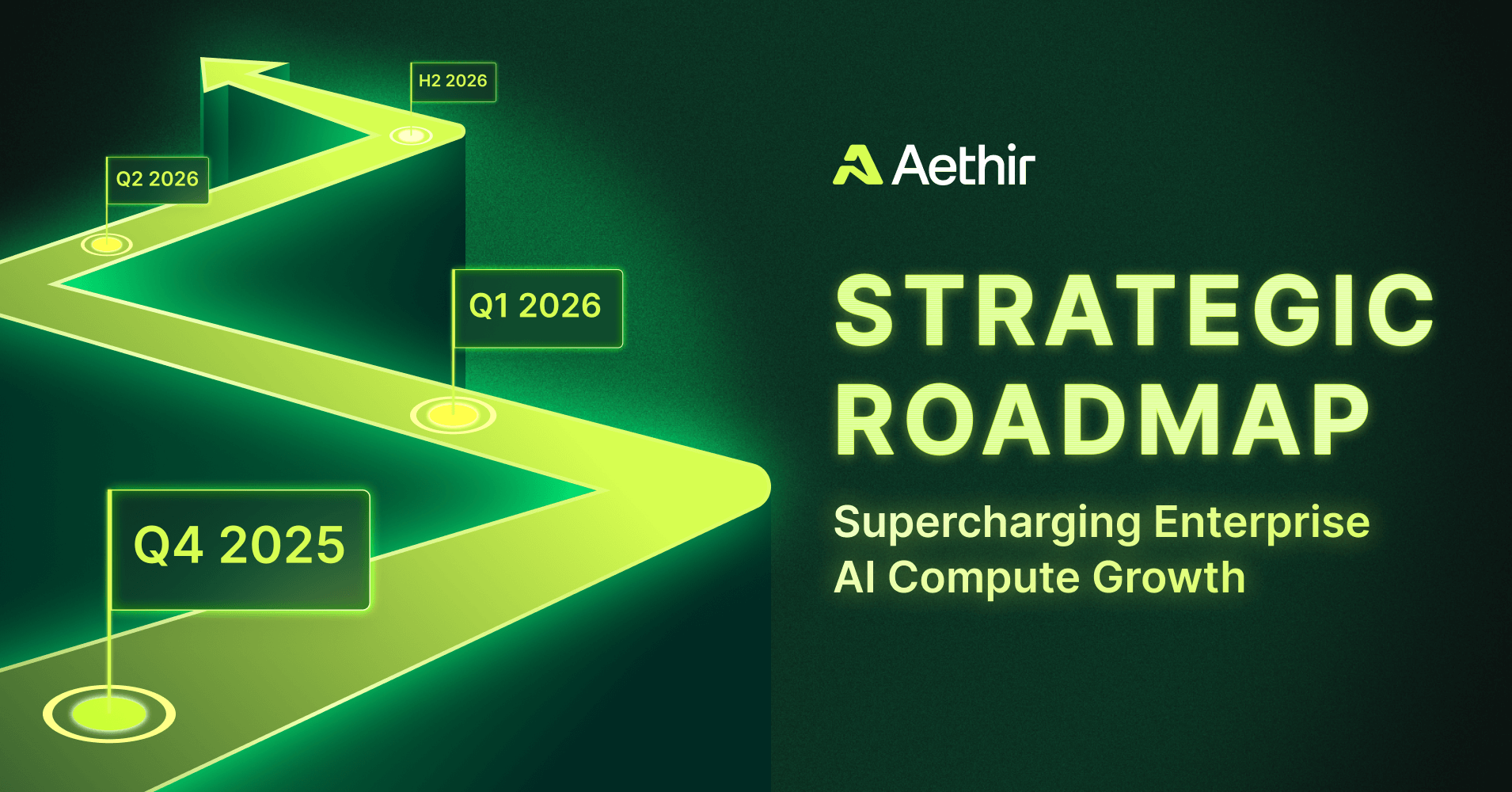Throughout history, revolutionary technologies have reshaped society—from the printing press, which democratized knowledge, to the automobile, which redefined transportation. In the 21st century, two transformative technologies are converging: Graphics Processing Units (GPUs) and robotics. GPUs have already revolutionized computing, artificial intelligence (AI), and data processing. Now, they are playing a pivotal role in accelerating the development and capabilities of robots. Rather than robotics succeeding the GPU era, the two are intertwined, with GPUs acting as the computational engine fueling a new wave of physical intelligence. Advancements in AI, sensor technology, actuators, and materials science—underpinned by GPU-driven compute—are propelling robotics into mainstream industries. With the global robotics market projected to reach US$376 billion by 2035 and an operational robot stock of 3.9 million units in 2023, GPUs are amplifying the reach and potential of robotics across manufacturing, healthcare, logistics, agriculture, and beyond.
The GPU Revolution: A Paradigm Shift
The GPU revolution began in the late 1990s with NVIDIA’s GeForce 256, heralded as the "world’s first GPU." This milestone shifted graphics rendering from CPUs to specialized hardware, transforming the gaming landscape with stunning visual advancements. Games like Quake III Arena showcased unprecedented graphical detail, captivating players and setting new standards for immersive experiences.
However, the impact of GPUs extended far beyond gaming. By harnessing the power of parallel processing, GPUs became instrumental in fields like artificial intelligence (AI) and scientific computing. In 2011, researchers at Google and Stanford leveraged NVIDIA GPUs to accelerate deep learning, culminating in AlexNet’s landmark victory at the 2012 ImageNet competition—a defining moment for AI. Beyond AI, GPUs revolutionized scientific disciplines such as genomics and climate modeling, enabling the rapid processing of vast datasets and democratizing access tohigh-performance computing.
This remarkable evolution was driven by continuous architectural innovation, close collaboration with game developers, declining hardware costs, and the introduction of CUDA in 2007. CUDA’s software ecosystem made it significantly easier to repurpose GPUs for non-graphics tasks, unlocking their potential across a wide array of industries. The GPU, once a tool for gaming, has become a cornerstone of modern computing.Today, the GPU market nears US$71 billion (2024), projected to hit US$678 billion by 2032, reflecting its trillion-dollar influence across gaming, AI, and beyond. radiated This paradigm shift sets a benchmark for robotics, which now builds on GPU-enabled AI to extend its reach into the physical realm.
The Rise of Robotics Technology
While GPU compute progressed rapidly, robotics development evolved over decades, shaped by innovations in mechanical engineering, control systems, and AI. The field’s early roots trace back to the 1950s and 1960s, when industrial robots like Unimate automated assembly lines in the automotive sector. Through the 1980s and 1990s, Japan and the U.S. became leaders in industrial robotics, focusing on repetitive tasks in controlled environments.
The 21st century brought a new era of robotics, driven by advancements in AI, sensor technology, actuators, and materials science—and crucially, the computational power of GPUs. AI now enables autonomy beyond pre-programmed tasks, with deep learning techniques like Convolutional Neural Networks (CNNs) improving object recognition and Multimodal Large Language Models (MLLMs) enabling robots to process text, images, and audio in real time (TechNexion, 2025). "Physical AI" training in simulated environments reduces the need for manual programming, speeding deployment.
Sensor technology, including LiDAR, tactile sensors, and SWIR cameras, has become more compact and cost-effective, enhancing robotic perception in areas like industrial inspection and autonomous navigation. Actuator innovations, such as soft robotics using silicone for surgery and bio-inspired synthetic muscles, improve flexibility and efficiency. Materials science advances—like self-healing polymers and shape-memory alloys—enable robots to adapt to their environment.
By 2023, the global operational robot stock hit 3.9 million units, with the industrial robotics market reaching US$16.5 billion by 2025 (International Federation of Robotics). Collaborative robots (cobots) and humanoid models like Tesla’s Optimus exemplify this progress—progress increasingly powered by GPU-driven AI.
Robotics: Transformative Power and Scope
Robotics' transformative is amplified by, the GPU revolution. While GPUs revolutionized gaming, AI, and scientific computing, robotics extends those advances into the physical world, transforming how we manufacture, heal, transport, and live. Crucially, robotics builds on the compute and AI breakthroughs unlocked by GPUs, applying them to physical autonomy and labor automation.
For instance, while the GPU market is projected to grow from US$71 billion in 2024 to US$678 billion by 2032, robotics is expected to scale from US$65 billion in 2024 to US$376 billion by 2035. Its economic value could surpass GPUs due to its direct impact on labor markets and physical industries. Oxford Economics predicts 20 million manufacturing jobs displaced by 2030, offset by new roles in robotics engineering and AI development.
Unlike GPUs, which empower digital computation, robots physically interact with the world—automating assembly lines, performing surgeries, optimizing supply chains, and improving quality of life. This broader, more tangible scope suggests a larger long-term societal and economic impact. The relationship is cyclical: GPUs enable AI, which powers robots, generates real-world data, and further trains AI.
Applications of Robotics Across Sectors
Robotics is poised to revolutionize multiple sectors with practical applications. In manufacturing, collaborative robots (cobots) and autonomous mobile robots (AMRs) enhance production lines and logistics, improving throughput and safety. Healthcare benefits from surgical robots enabling precise, minimally invasive procedures, alongside AMRs delivering supplies and social robots aiding elderly care (Intel, 2025). Logistics leverages AMRs for warehouse automation and drones for last-mile delivery, optimizing supply chains with AI-driven forecasting. Agriculture employs robots for precision planting, crop monitoring with drones, and harvesting delicate produce, reducing chemical use and boosting yields. Domestically, smart robots like vacuum cleaners and personal assistants automate chores, while advanced models offer elderly support and home security. By 2025, these applications, driven by AI and sensor advancements, promise efficiency and innovation across industries, echoing the GPU’s computational leap.
Conclusion: GPUs and Robotics—A Symbiotic Future
The next robotics revolution powered and amplified by it. GPU is reshaping computing, AI, and scientific research, and robotic extends this legacy into the physical world. The projected growth of robotics to US$376 billion by 2035 reflects its potential to redefine industries and society, building on the GPU's computational backbone.
Challenges remain: cost, dexterity, ethical considerations, and societal acceptance. These hurdles mirror those faced by the GPU industry, which overcame them through innovation, scale, and adoption. Visionaries like NVIDIA’s Jensen Huang have already predicted a "ChatGPT moment" for robotics (The Motley Fool, 2025), as generative AI and multimodal models converge with physical automation.
Companies like Aethir, leaders in decentralized GPU cloud infrastructure, will be pivotal in this shift, providing scalable, affordable compute power to fuel AI-driven robotics applications globally. As GPUs continue to power AI’s digital intelligence, robotics will bring that intelligence to life—reshaping how we live, work, and interact with the world.






